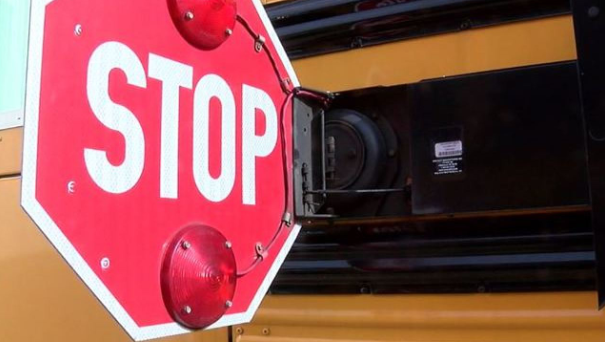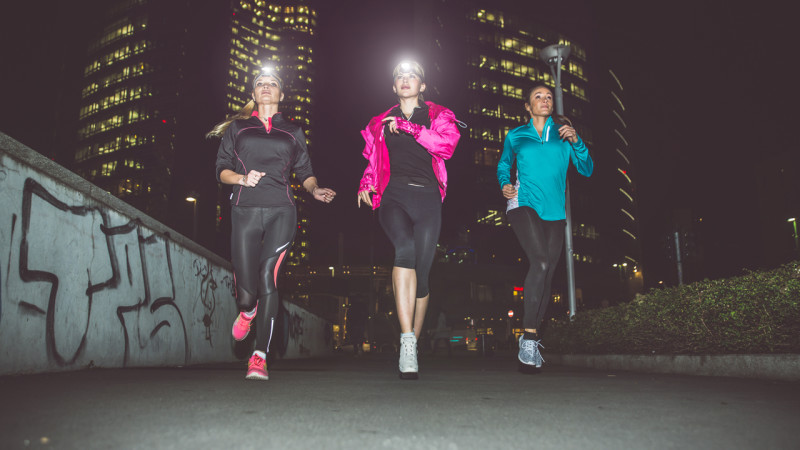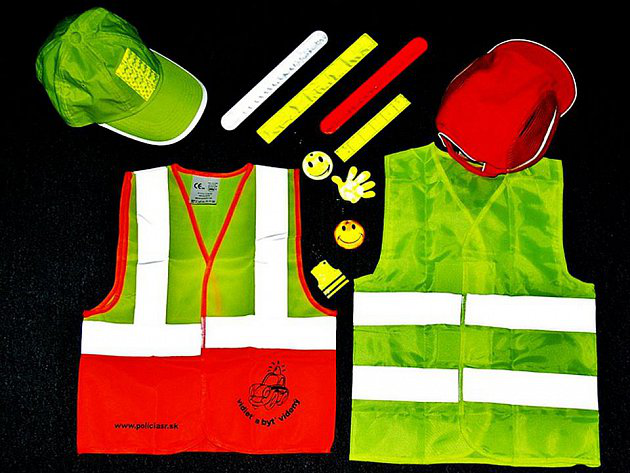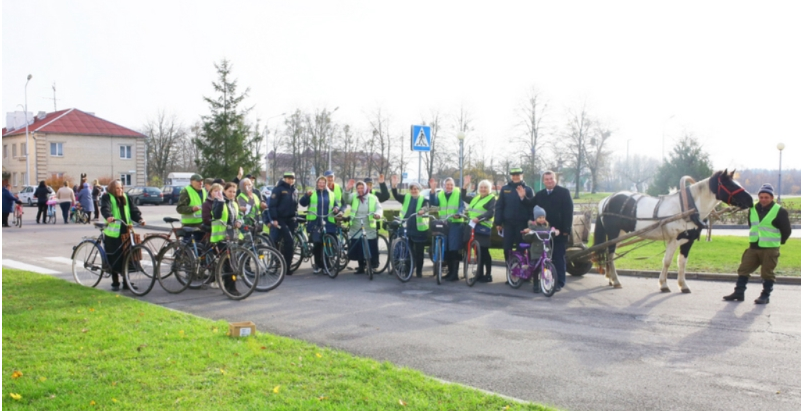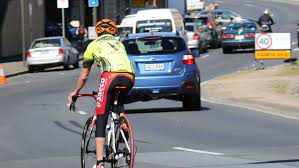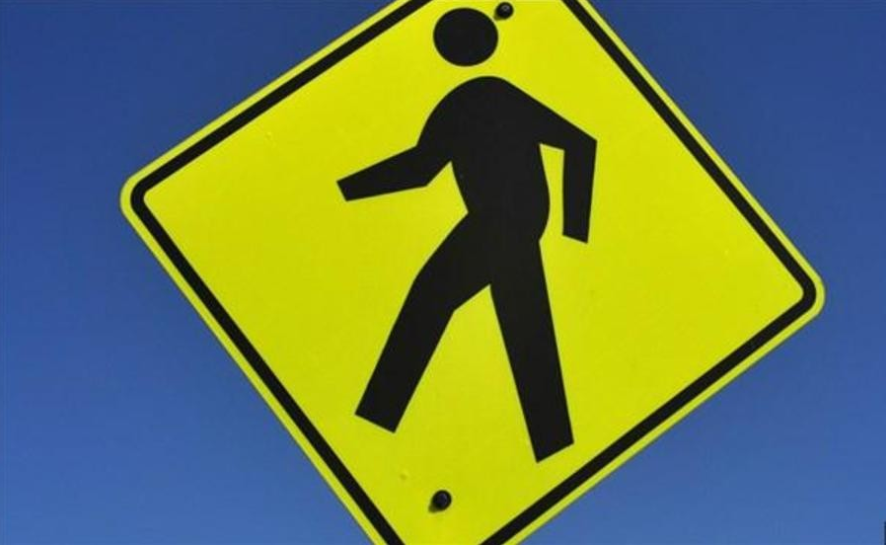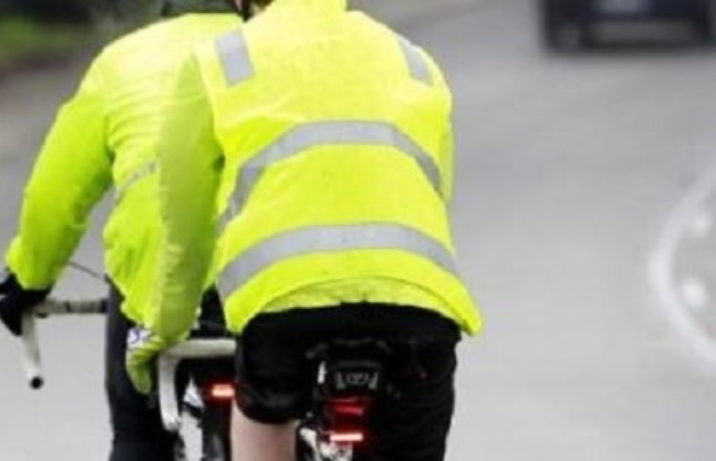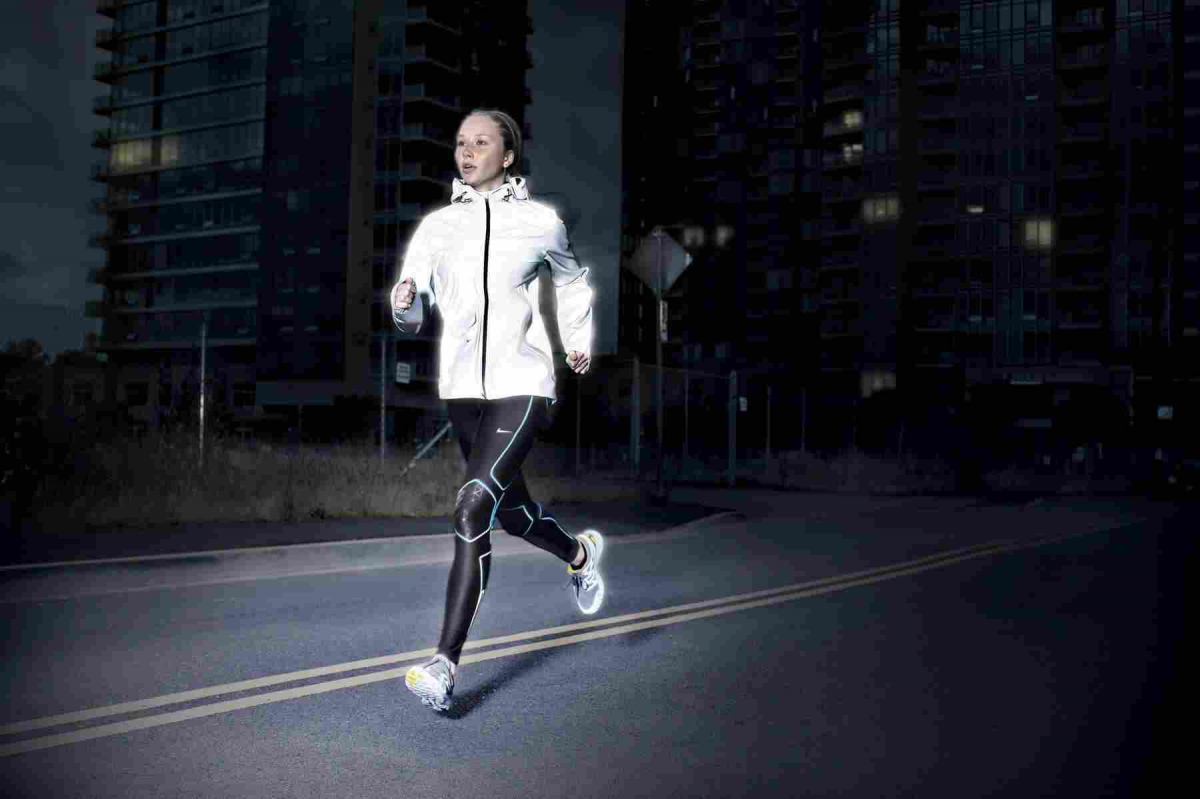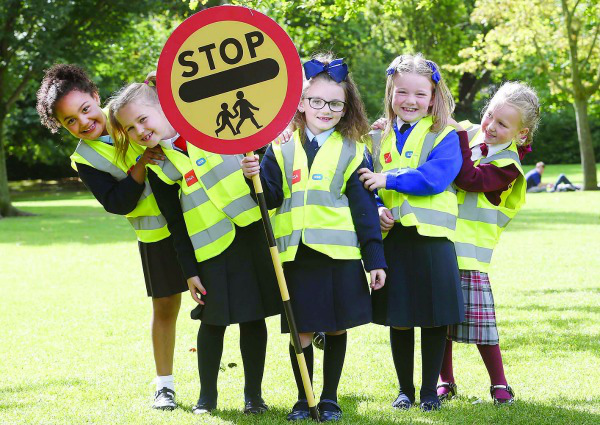Just two weeks into the new school year, police say they’re getting complaints from Southwest Florida drivers about dangerous situations at school bus stops.
Cape Coral Police remind drivers and parents that many students are now distracted by devices in ways they didn’t experience as children. They are urging parents to please talk to their children about the importance of being aware of their surroundings.
Police offer these safety tips at bus stops.
Children:
Keep an eye on traffic.
Do not sit in the roadway. Drivers might not see you
Do not play running games or push and shove at the bus stop. It is dangerous near traffic.
Make sure you stand at least 10 feet from the road while waiting for the bus so you are away from traffic.
If your bus stop is on a corner of another person’s property, be courteous, and never leave litter behind.
Use reflective materials. There are backpacks and clothing with reflective fabric sewn into it.
If they are going to wear headphones, only use one so they can hear traffic.
Drivers:
Always look for children walking to bus stops or at bus stops.
When backing out of a driveway or leaving a garage, watch out for children walking or bicycling to school.
Slow down. Watch for children walking in the street, especially if there are no sidewalks in the neighborhood.
Do not text, check your email or put makeup on while driving.
Watch for children playing and congregating near bus stops.
Be alert. Children arriving late for the bus may dart into the street without looking for traffic.
Learn and obey the school bus laws as well as the “flashing signal light system” that school bus drivers use to alert motorists of pending actions:
Yellow flashing lights indicate the bus is preparing to stop to load or unload children. Motorists should slow down and prepare to stop their vehicles.
Red flashing lights and extended stop arms indicate the bus has stopped and children are getting on or off. Motorists must stop their cars and wait until the red lights stop flashing, the extended stop-arm is withdrawn, and the bus begins moving before they can start driving again.

